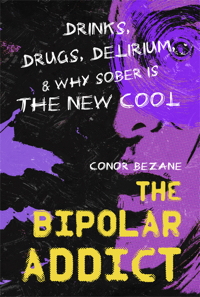 I thought virtual reality was a relic of the ‘90s – clunky headsets never to be seen again in this world of smartphones and tablets.
I thought virtual reality was a relic of the ‘90s – clunky headsets never to be seen again in this world of smartphones and tablets.
But no, it’s being used for medical purposes — particularly to simulate environments for mental health patients.
Researchers at King’s College in London are using it to treat bipolar disorder, schizophrenia, psychosis, and anxiety. Dr. Lucia Valmaggia is the woman behind the trial treatment.
The idea is to put the patient in a situation where they feel uncomfortable, such as crowded spaces or public transit. This form of immersion treatment places the patient in an environment that may act as a trigger.
A video published by Al Jazeera features a bipolar London man named Alika Agidi-Jeffs. Although the video cannot be viewed in the U.S., European Newsweek says that it shows a patient noting his reaction to different situations in the virtual world and the doctor recording those reactions in an effort to understand the anxiety and how to treat the patient accordingly.
The goal of the project is to assist patients in understanding why they are triggered by these situations and learn how to react to the stimuli in the real world.
A similar technology is also being used stateside at the University of Louisville Depression Center, which focuses on depression, anxiety and PTSD.
A Georgia-based company called Virtually Better is using iPhone apps to help people with fear of flying or fear of storms.
Anxiety about crowded spaces is real. When I was severely depressed for a year, I couldn’t bear taking the Subway to work in the morning. So I took taxis every day. It was expensive, but an expense that had to be made. If there was a virtual reality treatment like this available, I might’ve used it and saved some pennies.







